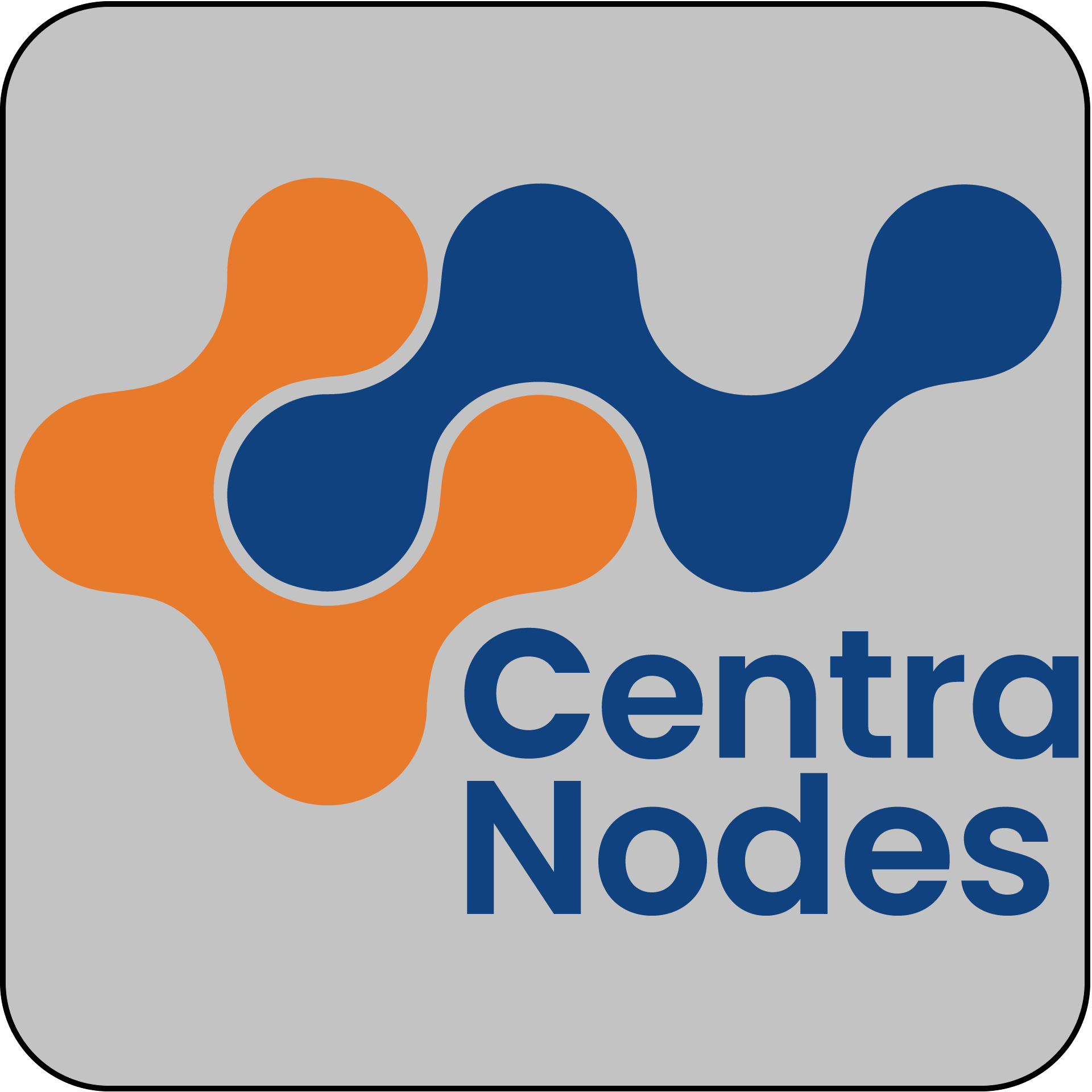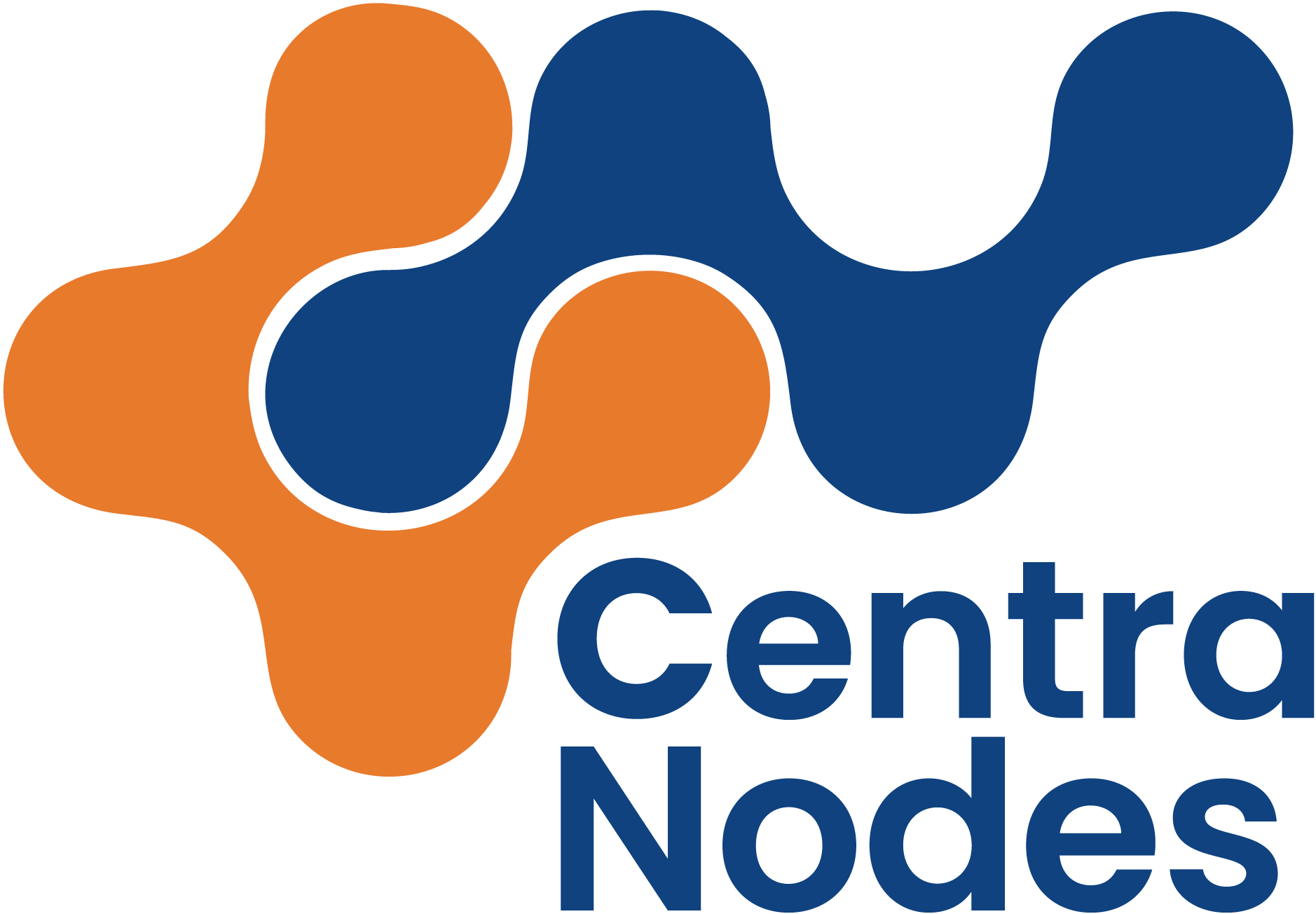Web Domains
To manage your web domains, navigate to the Web tab.
Adding a web domain
- Click the Add Web Domain button.
- Enter the domain name in the Domain field.
- If you wish to manage this domain’s DNS in Hestia, check the box labeled Create DNS zone.
- If you wish to enable mail for this domain, check the box labeled Enable mail for this domain.
- Click the Save button in the top right.
Installing an app
- Click the domain name or the edit icon that appears on hover.
- Click the Quick install App button in the top right.
- Select the application you want to install and click the Setup button.
- Fill out the fields. If the app uses a database, you will have the option to auto-create a database or use an existing one.
- Click the Save button in the top right.
Depending on the application you chose to install, this can take 30 seconds or longer. Do not reload or close the tab!Warning
Editing a web domain
- Click the domain name or the edit icon that appears on hover.
- Make your changes. The options are explained below.
- Click the Save button in the top right.
Viewing access and error logs
- Hover over the domain whose logs you want to view.
- Click the logs icon.
- At the top of the page, you have the possibility to download the logs or view the error logs instead.
Suspending a web domain
- Hover over the domain you want to suspend.
- Click the suspend icon on the right of the web domain.
Deleting a web domain
- Hover over the domain you want to delete.
- Click the delete user icon on the right of the web domain. Both the web domain and the linked FTP accounts will get deleted.
Web domain configuration
Enabling statistics
- Choose awstats in the selection box labeled Web Statistics.
- If desired, enter a username and password.
- Click the Save button in the top right.
- Navigate to
https://domain.tld/vstats/to view the stats.
Managing redirections
- Check the Enable domain redirection box.
- Select the option you want. When selecting Redirect visitors to a custom domain or web address, you have the option to select the HTTP status code (301 by default).
If your domain is an internationalized domain name (IDN) containing special characters, even if you select Warning
www.domain.tld or domain.tld, it will convert the domain to punycode and select Redirect visitors to a custom domain or web address.
Enabling SSL
- Check the Enable SSL for this domain box.
- Check the Use Let’s Encrypt to obtain SSL certificate box to use Let’s Encrypt.
- Depending on your requirements, you can enable Enable automatic HTTPS redirection or Enable HTTP Strict Transport Security (HSTS).
- Click the Save button in the top right.
If you want to use your own SSL certificate, you can enter the SSL certificate in the text area.
If you are having issues with enabling Let’s Encrypt, please refer to our SSL certificates documentation.
Changing PHP version
This option is not always available. It may be disabled in the server settings. Please contact your server administrator for more information.Info
- Select the desired PHP version in the Backend Template field.
Using a different root directory
- Check the Custom document root box.
- Select the domain name where you want this domain to point.
- Select the path. For example,
/public/will link to/home/user/web/domain.tld/public_html/public/.
Additional FTP accounts
- Check the Additional FTP accounts box.
- Enter a username and a password (or generate one). The username will be prefixed by
user_. - Enter the path the account will be able to access.
- Optionally, provide an email address where the login details will be sent.
To add another FTP account, click the Add FTP account button, then click the Save button in the top right.
To delete an FTP account, click the DELETE link on the right of its name, then click the Save button in the top right.
To change the password, update the password field, then click the Save button in the top right.
Proxy templates
Depending on the server setup, this option may not be available.Info
- default: All-purpose template. Suitable for most use cases.
- caching: Template with proxy cache enabled. Suitable for mostly static content, for example: blogs or news websites.
- hosting: Similar to default.
Web templates
For servers running Apache2 and Nginx, the default template will work fine.
For servers running Nginx only, pick the template matching the app name you are going to use.
Managing Nginx caching
When Nginx caching is enabled (using FastCGI cache or with a caching-enabled template), you can purge the cache via the Purge Nginx Cache button.
When using Nginx only, you can enable FastCGI caching using the Enable FastCGI Cache box. When checked, an option is shown to determine for how long the cache is considered valid.




























